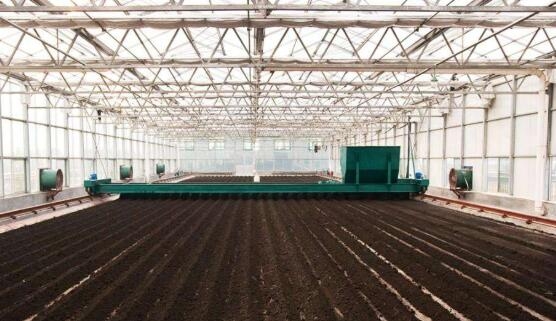In the process of sewage treatment, most of the pollutants are converted into sludge, so the sludge contains a wide range of pollutants, including various heavy metals, trace highly toxic organics (PCBs, AOX, etc.), and a large number of bacteria. Pathogenic microorganisms such as virions and parasite eggs, if not handled properly, will cause environmental sanitation and pollution problems and easily cause secondary pollution. China’s large-scale construction of sewage and water treatment plants, but sludge treatment and disposal has been ignored, In recent years, the wastewater drying technology has developed rapidly. Here are some of the current mainstream sludge drying equipment.
First, according to the way of contact between heat medium and sludge, it can be divided into:
1. Direct heating type: The hot gas generated by the combustion chamber is directly contacted with the sludge, so that the sludge can be heated, the water can be evaporated, and finally the dry sludge product is obtained, which is the application of convection drying technology;
2. Indirect heating type: The hot gas generated by the combustion furnace is transferred through the steam and hot oil medium to the heater wall, so that the wet sludge on the other side of the wall is heated and the water is evaporated to remove it. It is the application of conductive drying technology ;
3. “Direct-indirect” combined drying: it is a combination of “convection-conduction technology”.
Second, according to the form of equipment:
Paving type, drum type, turntable type, belt type, spiral type, centrifugal dryer, spray type multi-effect evaporator, fluidized bed, multiple coil type, film type, pulp plate type and other forms.
Third, according to the drying equipment feeding method and product form are roughly divided into two categories:
One is to use a dry material back-mixing system. The wet sludge is mixed with a certain proportion of dry mud before feeding, and then enters the dryer. The product is spherical particles, which is a combination of drying and granulation; One is direct feeding of wet sludge, and the products are mostly powder.



